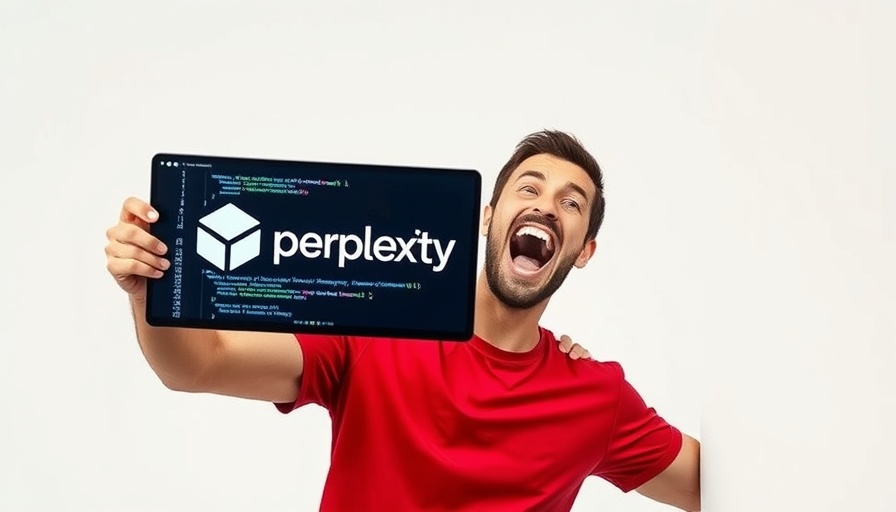
Unlocking the Hidden Potential of Perplexity AI Pages
In the digital realm, understanding how to optimize content for traffic generation is more crucial than ever. The recent discussion surrounding Perplexity AI reveals how one website skyrocketed from virtually no visitors to an impressive 87,000 within a few days. This isn't merely a case study; it's a testament to strategic content creation leveraging AI technology. At the heart of this success is an experimental feature of Perplexity, designed to aid creators in smartly building search-optimized content that can rank on Google.
In Perplexity AI SEO: 0 to 87,000 Traffic with Perplexity Pages 🤯, we explore the revolutionary techniques behind achieving massive traffic and how these insights facilitate our deeper analysis.
The Secret Behind Traffic Surges
What's revealing about the content creation strategy discussed is the emphasis on keyword research. It’s not enough to simply create a page under a presumably relevant title. As highlighted, the effective approach starts with selecting low-competition keywords. For example, a keyword like "best cooking course online" could attract potential customers for cooking classes. In the hustle of content creation, many forget that every piece should ultimately link back to a monetary goal—whether that’s selling products, generating leads, or building brand awareness.
Leveraging AI for Content Creation
Using tools like Perplexity can significantly streamline content creation processes. With the platform’s AI feature, content can be automatically generated, allowing creators to add their expertise, insights, and necessary adjustments. This method ensures that the final content is not only unique but also positioned optimally for search engines, linking to authoritative domains which can enhance credibility and visibility. For example, incorporating mentions of well-regarded sites like LinkedIn or GitHub can provide a boost to search rankings.
Timing and Engagement: The New Content Playbook
In the world of online content, timing can dictate success. Perplexity’s algorithm favors content that sees quick engagement shortly after posting. The term New Post ATR refers to how well a piece performs initially, impacting its subsequent visibility. Thus, it's crucial to publish during peak hours and actively promote new articles across social media platforms to stimulate early engagement.
Building a Content Network
As creators begin to understand the mechanics of content ranking on platforms like Perplexity, they must recognize the importance of interconnected content. Establishing a content network not only helps existing articles but also supports new ones. By creating a series of related articles and linking them naturally, creators enhance the potential for all posts to perform well together — a strategy that is consistently demonstrated in effective content marketing.
In summary, as the landscape of digital content evolves, embracing the nuances of AI-driven platforms can provide significant advantages. For creators aiming to replicate the success observed with Perplexity AI, understanding and applying the principles of targeted keyword research, engagement timings, and strategic networking will be vital. If you're serious about enhancing your content strategy, now is the time to explore these insights and implement them.
For more personalized guidance on leveraging SEO strategies to enhance your content’s visibility, consider booking a free SEO strategy session today. It's an opportunity to receive tailored advice that can help navigate the intricate pathways of digital marketing.
 Add Row
Add Row  Add
Add 




Write A Comment